Life
Sign up for our newsletter
We summarize the week's scientific breakthroughs every Thursday.
-
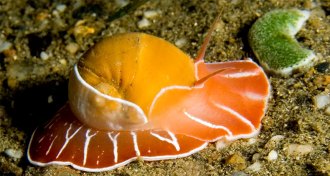 Paleontology
PaleontologyAncient attack marks show ocean predators got scarier
Killer snails and other ocean predators that drill through shells have grown bigger over evolutionary time.
By Susan Milius -
 Animals
AnimalsFacial recognition changes a wasp’s brain
A new study maps genes at play in a paper wasp’s brain during facial recognition.
-
 Life
LifeHow bearded dragons switch their sex
RNA editing might affect reptile sex determination at temperature extremes.
-
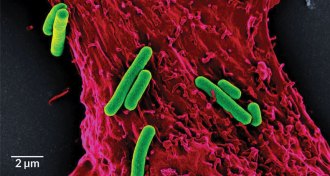 Health & Medicine
Health & MedicineNew heart attack treatment uses photosynthetic bacteria to make oxygen
Photosynthetic bacteria can produce oxygen to keep rat heart muscles healthy after a heart attack.
-
 Climate
ClimateReaders question climate’s freshwater effects
Warming lakes, windmills for the Arctic, mosquito control and more in reader feedback.
-
 Life
LifeAncient DNA shakes up the elephant family tree
DNA from straight-tusked elephant fossils is forcing scientists to reconsider the history of elephant evolution.
-
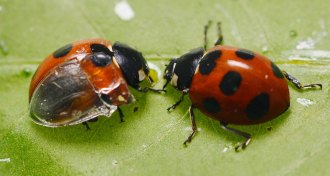 Life
LifeLadybugs fold their wings like origami masters
Ladybug wings could lead to new foldable technologies.
-
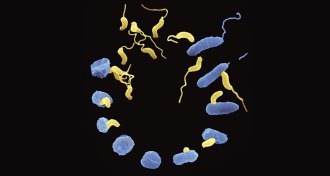 Health & Medicine
Health & MedicineLive antibiotics use bacteria to kill bacteria
Certain bacteria will destroy other bacteria without harming humans. They may be an answer to antibiotic-resistant infections.
-
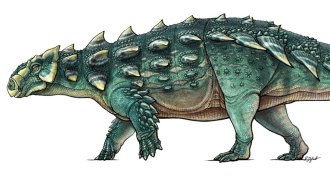 Paleontology
PaleontologyNew dinosaur resurrects a demon from Ghostbusters
The most complete skeleton of an ankylosaur shows an armored, club-tailed dinosaur with a head like a Ghostbusters demon.
-
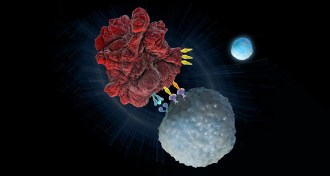 Health & Medicine
Health & MedicineTherapy flags DNA typos to rev cancer-fighting T cells
Genetic tests help identify cancer patients who will benefit from immune therapy.
-
 Paleontology
PaleontologyPrimitive whales had mediocre hearing
Fossils suggest that early whale hearing was run-of-the-mill, along the same line as that of land mammals.
-
 Climate
ClimateClimate change might help pests resist corn’s genetic weapon
Rising temperatures may allow pests to eat corn that is genetically modified to produce an insect-killing toxin.
By Susan Milius